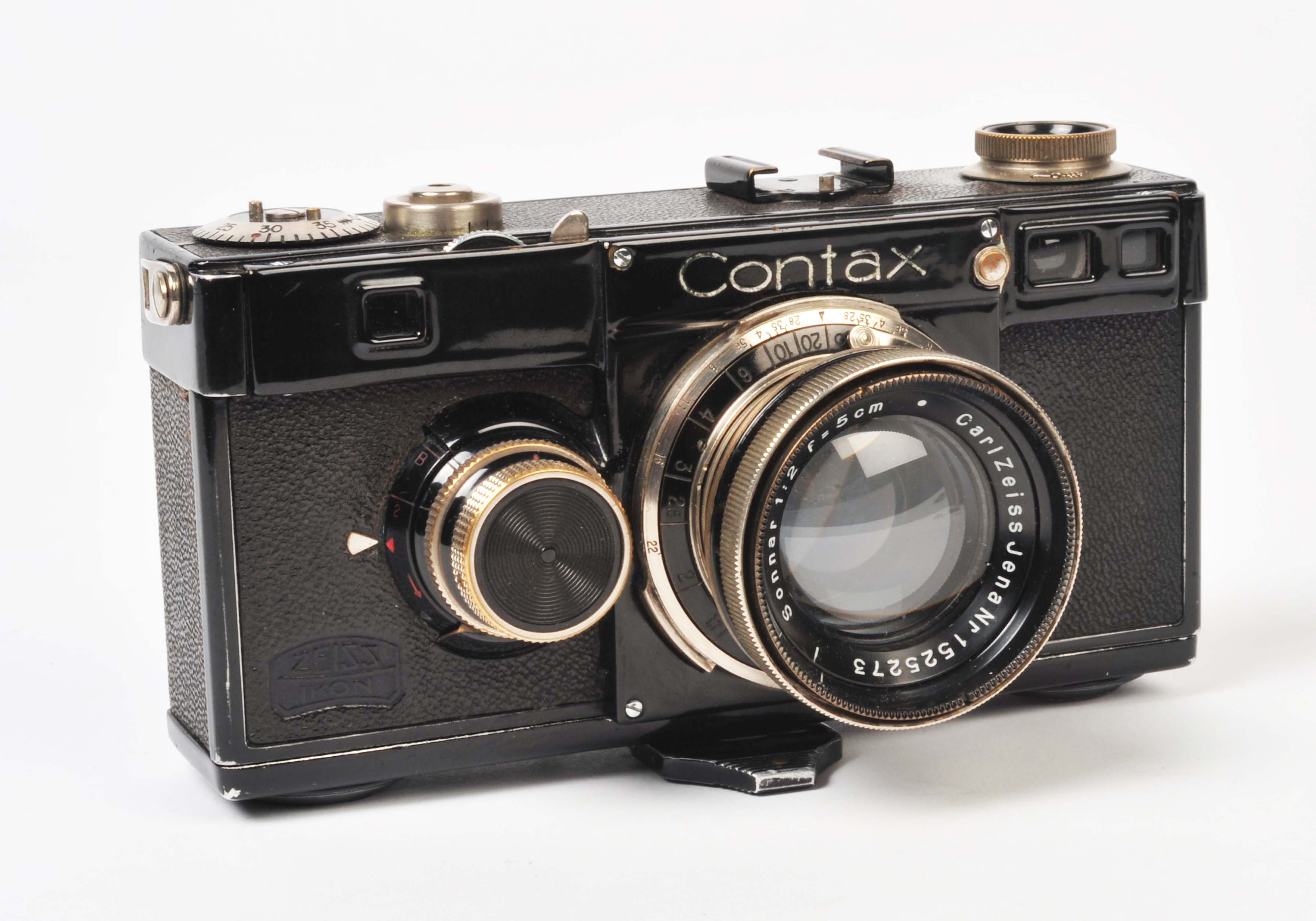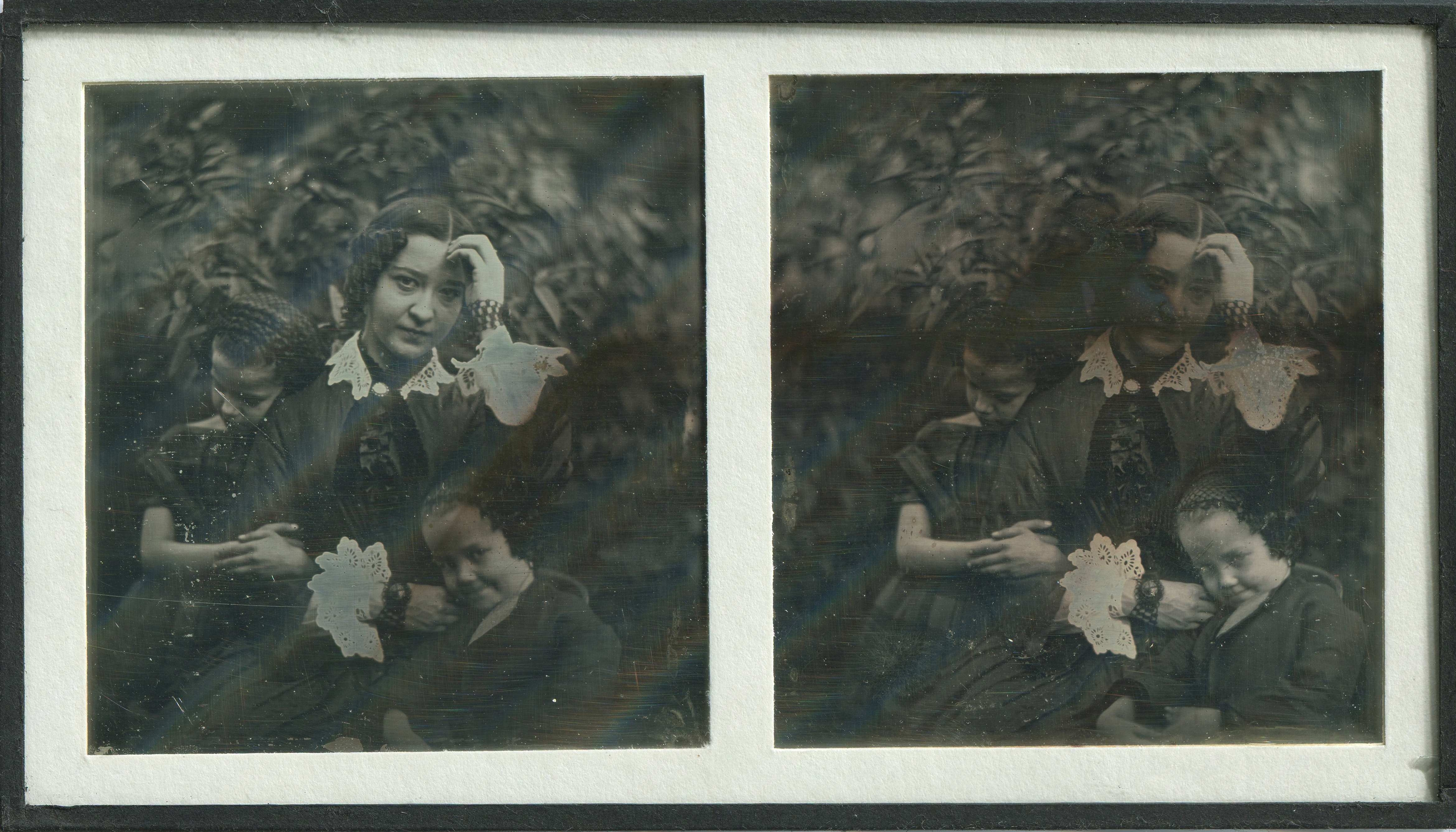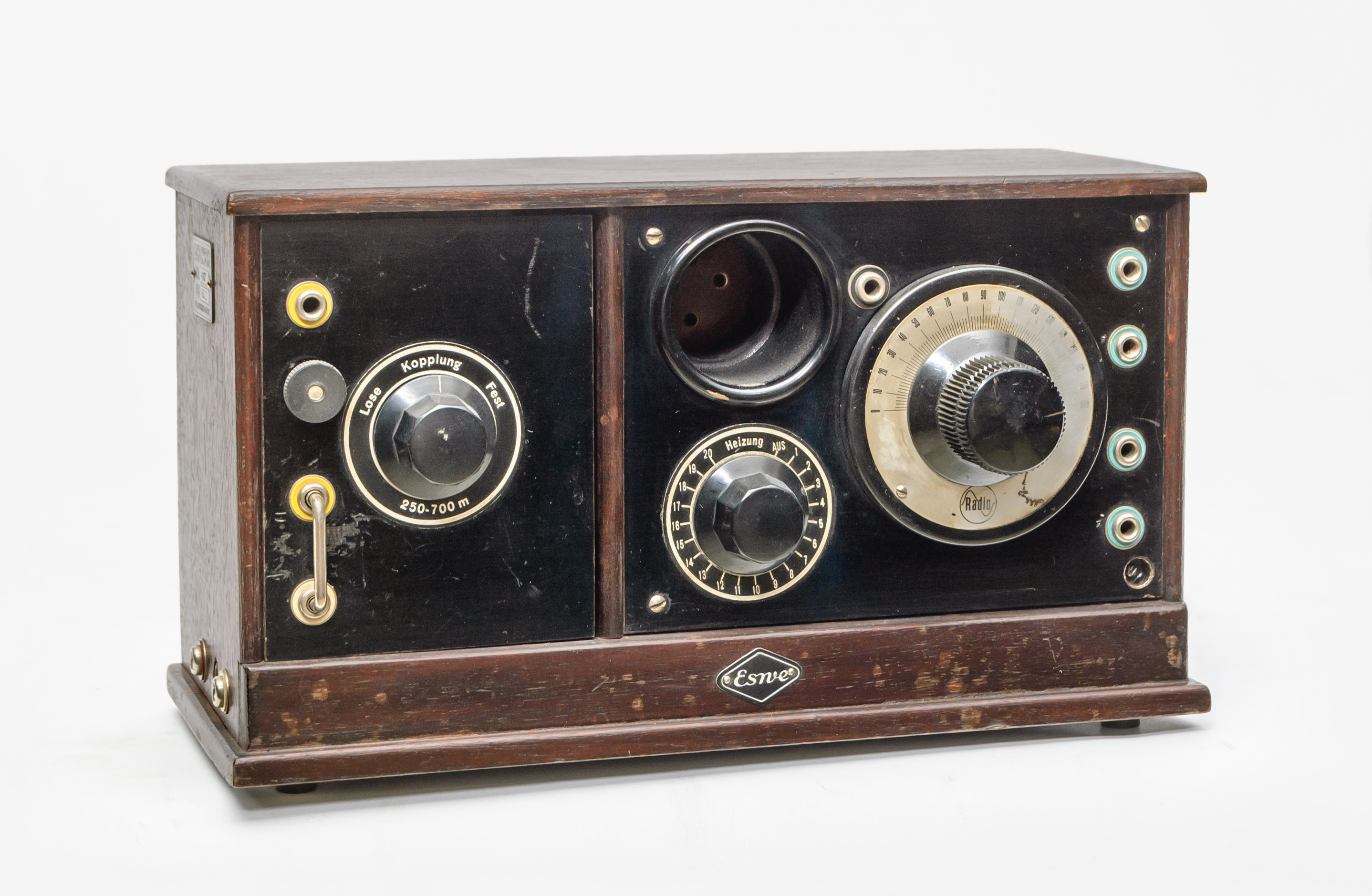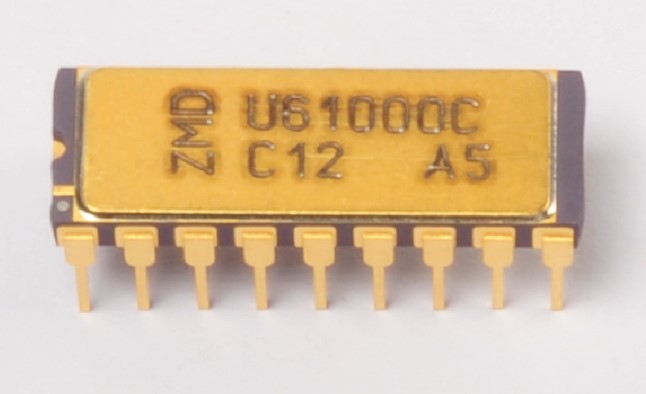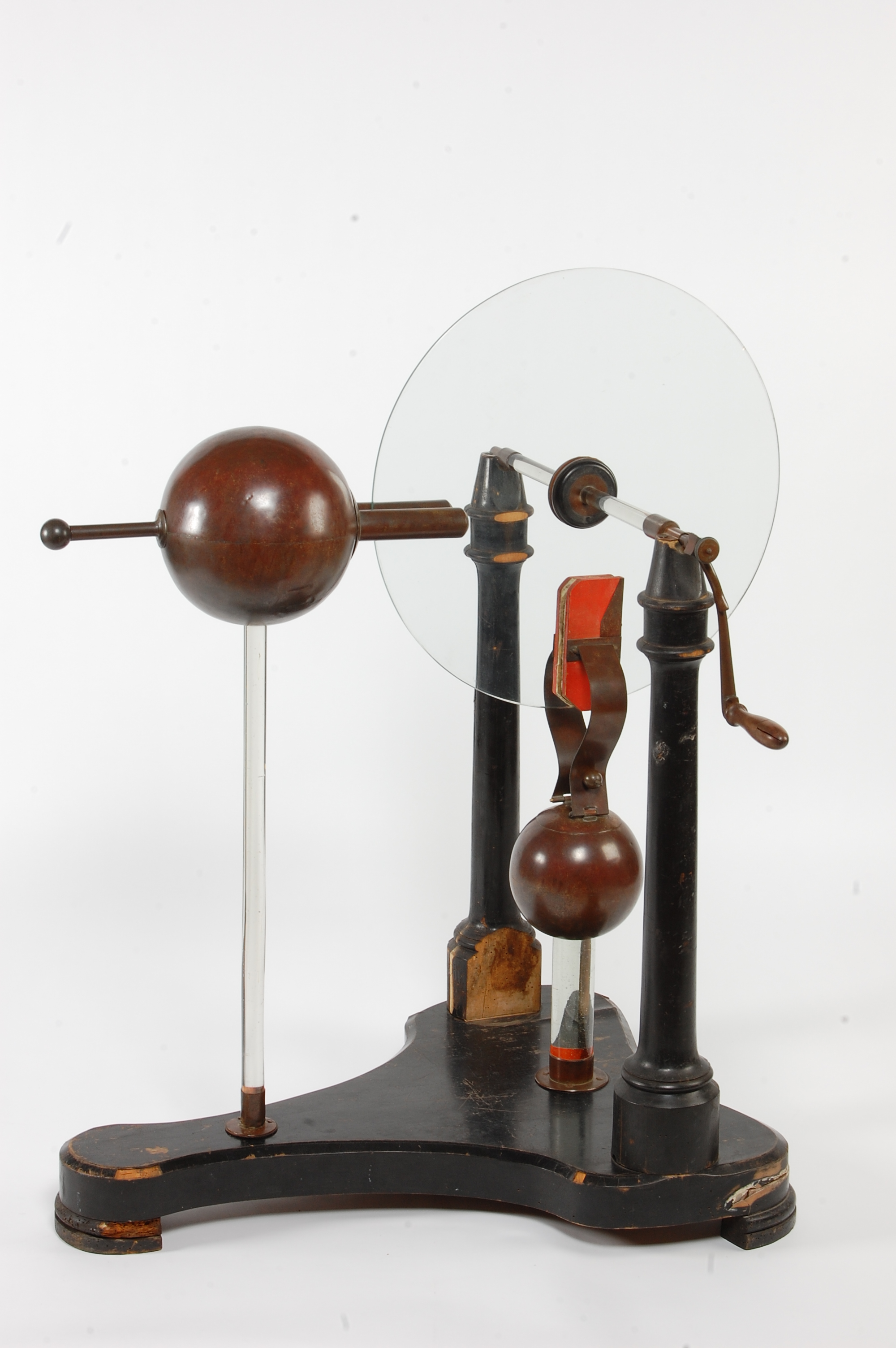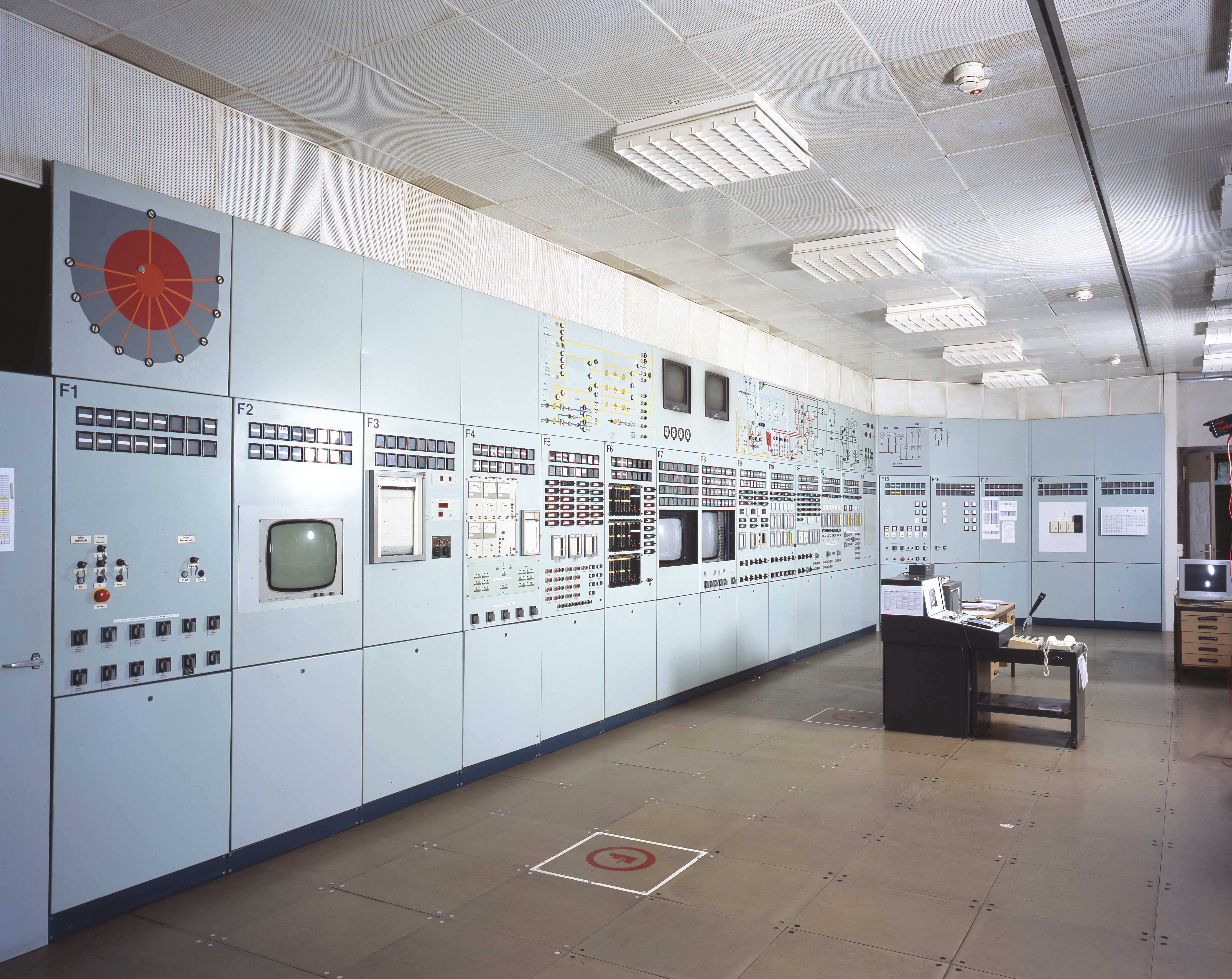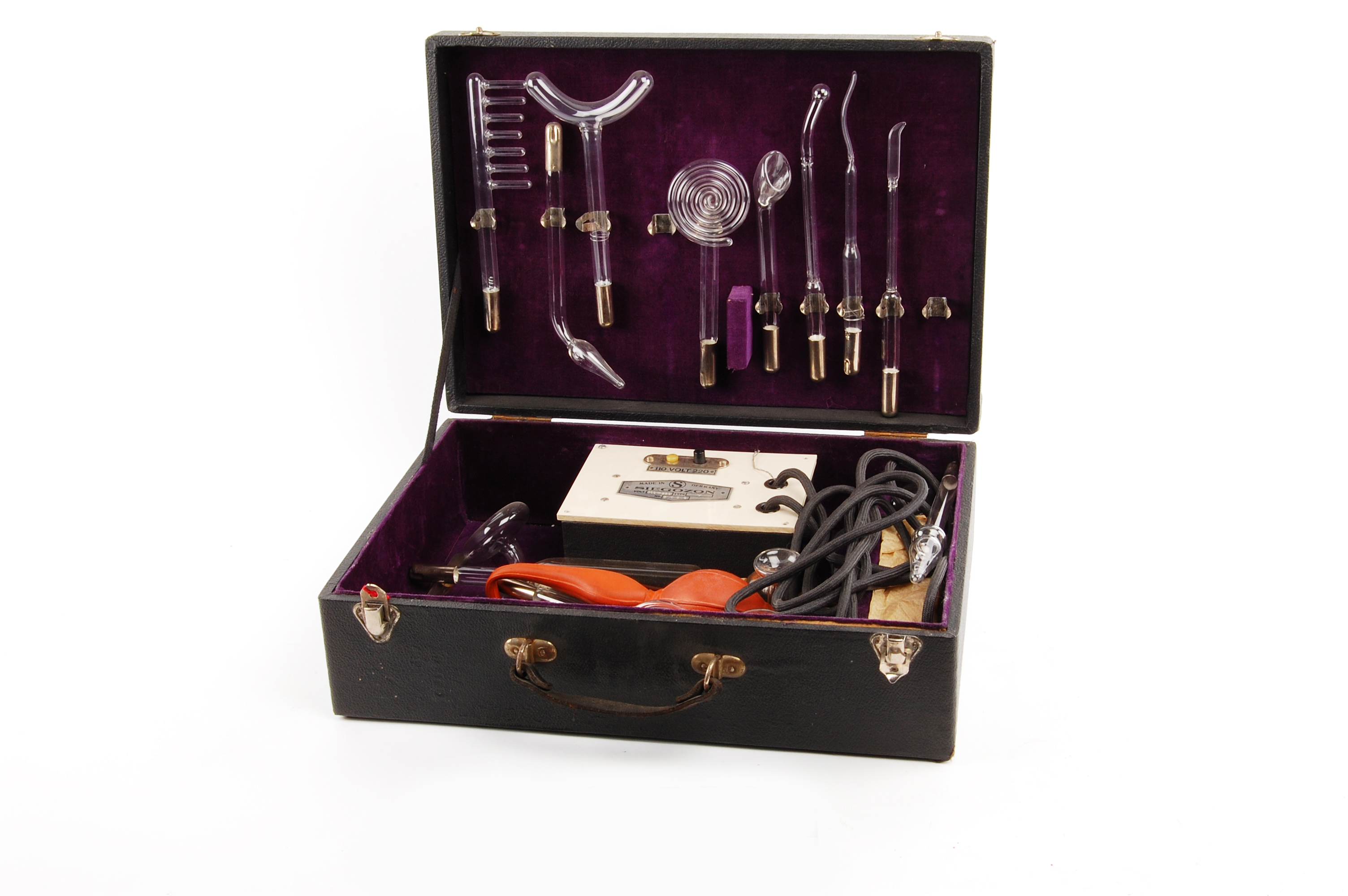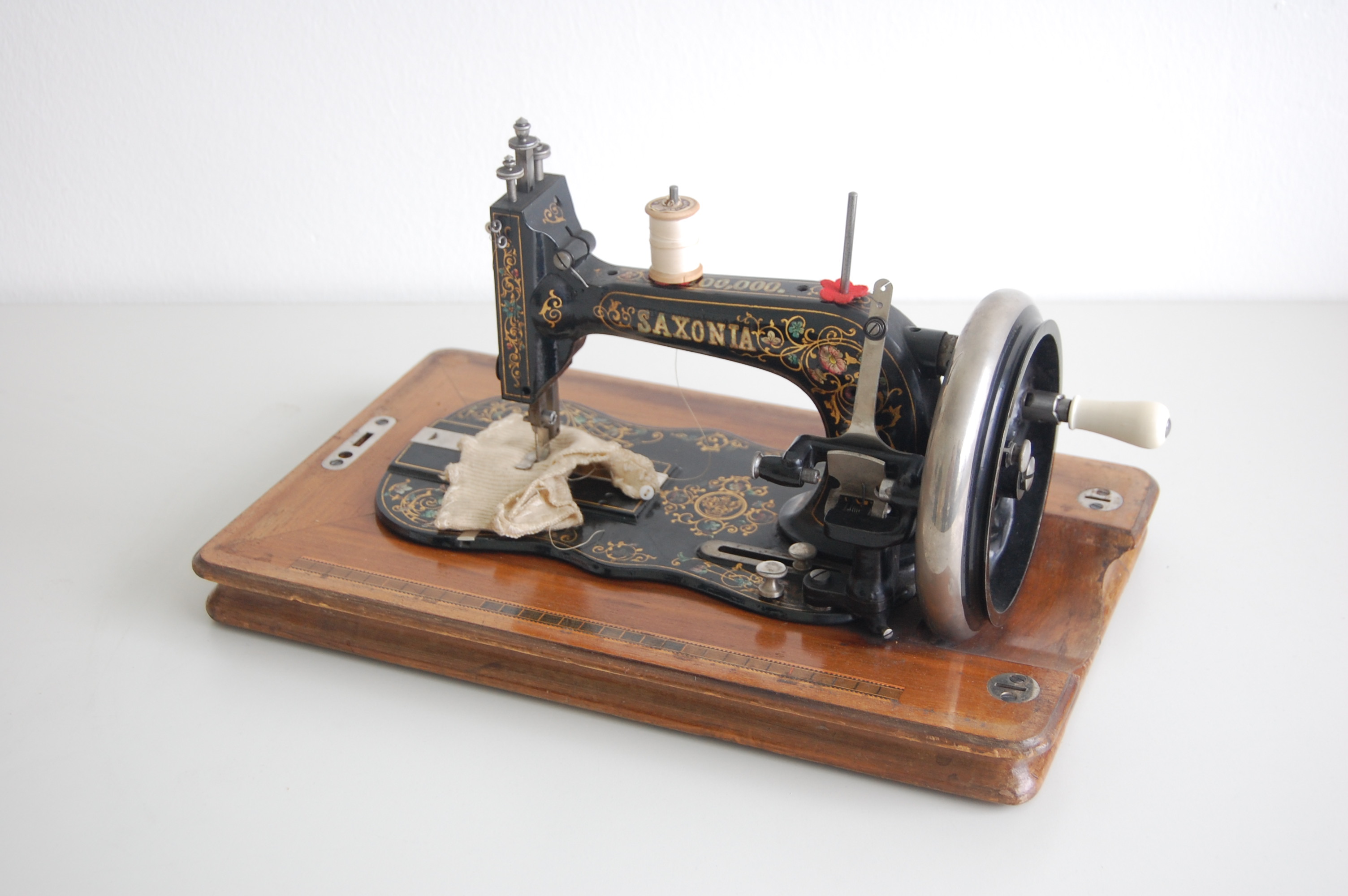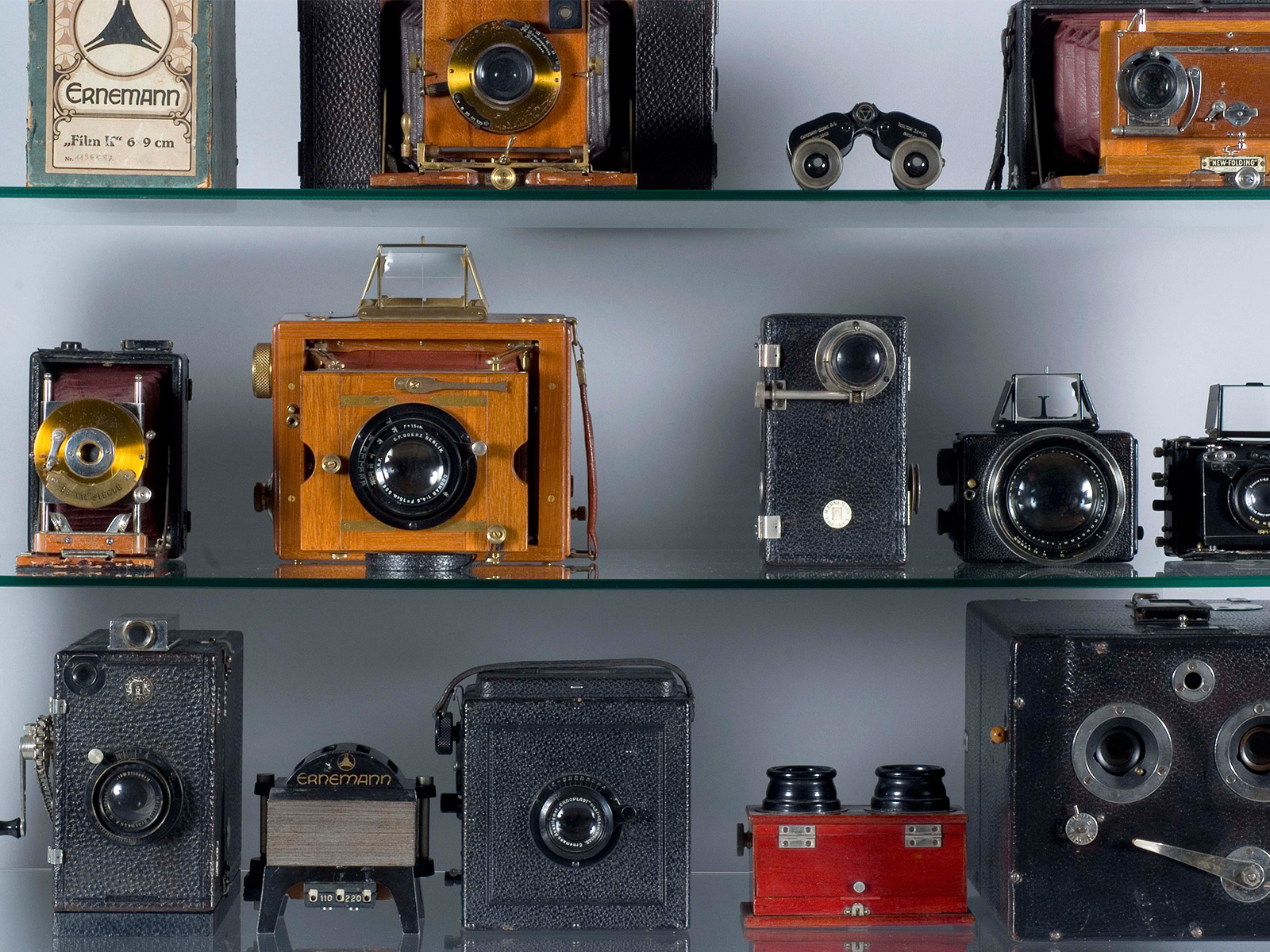Treasure troves of technology and media history
The Technology Collections collect and preserve evidence of the history of technology from the beginning of the industrial age to the present day. In addition to photography and cinematography, the focus is on information and communication technology, from the oldest calculating machines and typewriters to micro- and nanoelectronics, from mechanical musical instruments to the latest AV media technology. The museum collections also include objects from the fields of metrology and electrical engineering, scientific instrument making, household and medical technology and the history of Dresden's fire brigade.
The collections are anchored in Dresden's and Saxony's industrial history, but also contain numerous objects relating to the development of technology on a national and international scale. As a museum of the state capital of Dresden, the Technology Collections also collect equipment and products relating to technological research and high-tech industry in Dresden today.
